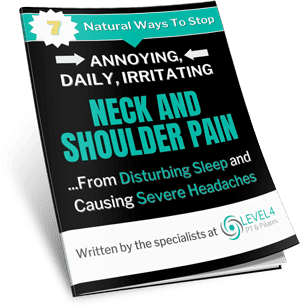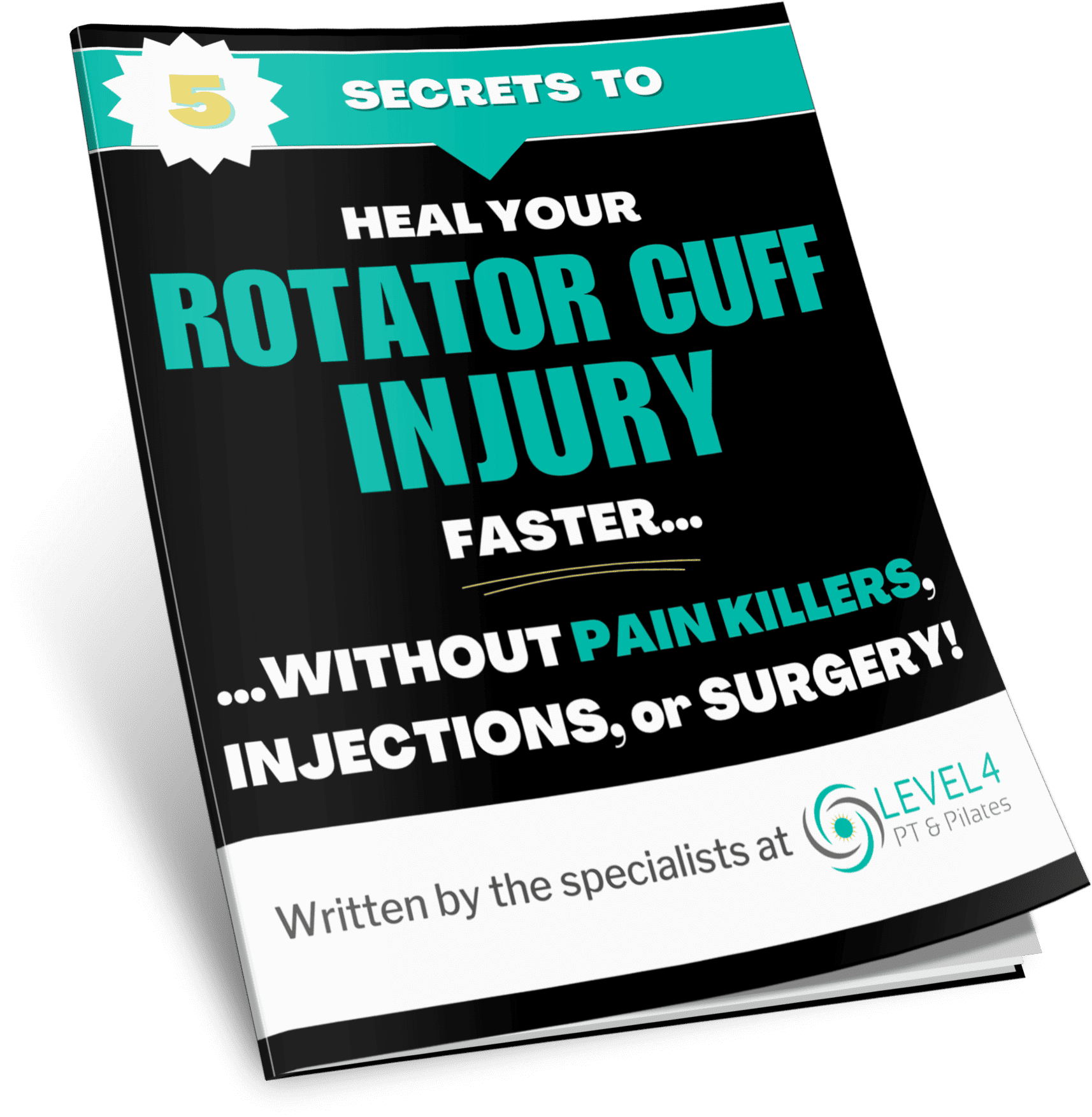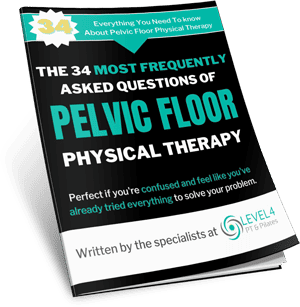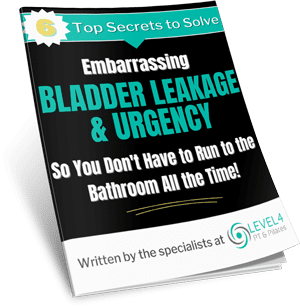
We recently were asked the following question by one of our clients who has been dealing with chronic back pain:
“I’ve suffered from back pain for over 20 years. And every time I have to travel for work or vacation I dread the flight with a passion. My back pain gets worse throughout the flight to the point where I get muscle spasms in my low back and at times in my upper back as well. I know being 6’, 1” doesn’t make it any easier for me to travel in such a tight and confined space, but I just don’t know what else I can do. Do you have any advice for me?”
- Linda, 42, Solana Beach, CA
If you suffer from back pain, you know how severely it can interfere with your daily life. When your back is hurting, it’s practically all you can think about making you dread your travel plans for weeks in advance because you know the torture that is coming. Sitting hurts. Standing hurts. Walking hurts. There’s no escape. And what’s even worse than that is the increasing pain and tension that builds in your back and body as the hours tick by.
And when you’re all excited for a trip to a new destination and find yourself dreading the trip to get there, it’s a major buzzkill.
But you’re not alone. In a survey by Spine Universe, it was found that 87% of people said their back and neck pain became worse after taking a flight.
Which is almost enough to make you give up long haul flights for good right?
But if you’re like me who loves to travel, then seeing the world always wins out. And I’m sure it does for you too.
Even if you’re tough enough to brave your adventures while you’re experiencing back pain, it can be a major distraction to your day.
Traveling with back pain can turn a business trip or a holiday vacation into a nightmare. Take it from me. I recently had to fly to Orlando, FL for a two-day quarterly business trip and it ended up being the worst fight ever because of a sudden case of (labor-intensive) back pain!!!
May I remind you, I’m a male!...
Back Pain
Whether you have chronic pain or experience discomfort when sitting for extended periods of time, back pain is extremely common when flying, especially on long flights.
Back pain is one of the most common ailments on the planet, with millions of sufferers in the U.S. alone. Traveling with back pain can make sitting on a long flight or lugging a heavy suitcase feel like torture. But that doesn’t mean your backache should prevent you from enjoying your flight to the fullest extent.
Here are nine tips to follow to give yourself the best possible chance of surviving your next flight with the minimum levels of discomfort and pain. These include things you can do before, during, and after the flight to keep your back happy (or at least happier)!) on your next flight.
So, if you’ve got an upcoming trip planned to try them out for yourself and see if they make a difference.
Schedule Your Flights Carefully
We all want the best deal when it comes to booking a flight don’t we? I know I do.
But don’t forget that flying is the most difficult part of a trip for many people traveling with back pain; being shoehorned into a cramped economy-class seat for hours on end can leave your spine feeling like a Slinky.
I mean is a 16-hour trip, having to change planes 2-3 times and wait for 3 hours in layovers at different airports really worth the savings and the sheer agony? Certainty not when you weigh it up against the torture that you will be putting your back through.
So, when you are shopping for your next trip by all means shop around for a great deal, but also consider being as kind to your back as you are to your wallet.
I recommend minimizing your time in the air by booking nonstop flights whenever possible. (This also helps you reduce the number of times you have to lift your carry-on into an overhead bin.)
You will actually feel more comfortable if you split your trip into multiple shorter legs, broken up by layovers in which they can stretch and stroll around the airport. Which strategy is right for you depends on the total length of the trip and your own body’s limitations.
Get Up and Move
Yes, I know the flight attendant is always speaking on the loudspeaker to sit down while the seatbelt sign is on…and boy does it feel like it’s always on, but the best you can do is stand up and walk every once in a while…especially on long flights.
One of the reasons your back pain worsens on long flights is because you are forced to sit down in the same position for a long time.
Sitting too long in the same position can cause stiffness and pain……and this is one thing that your body hates!
Prolonged periods of sitting have been shown to lead to the development of low back pain.
This happens because when you sit your vertebrae become compressed and if you don’t have the endurance and strength in the proper core muscles that support your spine – the compression intensifies.
However, a great way to limit these effects is to take regular micro-breaks from sitting by getting out of your seat and moving around the plane. This will help you decompress your vertebrae and keep your spinal discs healthy.
So, try to get up out of your seat for 5 minutes at least once per hour on a long flight (this is much easier if you have an aisle seat).
Which leads me to my next tip.
Get an Aisle Seat
Now it may not surprise you to learn that airlines design their seats so they can get as many paying customers into a flight as possible rather than for your comfort and spine health.
This means these seats are really hard to get comfortable in as well as being really hard to sit in with a healthy posture.
Unless you sleep well on planes and plan to conk out for the entire flight, you’ll probably want to request an aisle seat on the plane.
And if you are anywhere near as tall as Mike (6, 4”), the limited amount of legroom will feel almost impossible to relax and sit correctly.
An aisle seat will allow you to stand up regularly and move around the cabin without disturbing your seat-mates.
For longer than an hour flight, we recommend you stand up at least once every hour, and adjust your seated position every 20 minutes or so.
You can also do some simple stretches in the back of the plane, but be sure not to get in the way of the flight attendants. (Letting them know that you have a back condition might make them a little more accommodating.) If the seatbelt sign is on and you can’t get up, do some stretching in your seat, such as neck rolls or raising your hands as high as you can above your head.
Don’t Fall For the Extra Leg Room In The Exit Row
At times we know that the exit rows can be tempting because of the extra legroom, but you need to make sure the seat reclines. If it doesn’t, you are risking your back pain to get worse.
So, in case you're reading this blog before your flight and you are now regretting choosing a seat in the exit row, not to worry. At times you can request an aisle seat out of “medical necessity”. Depending on the airline they may go out of their way to find you an aisle seat. Never hurts to ask.
Just be ready with your wallet, because it seems like they are charging for everything these days.
Pack Light
It can be really tempting to use your extra carry on to carry stuff that you can’t fit into your suitcase.
The problem with this is you then have to carry this bag around the airport hours before the flight. And if it’s really heavy it’s going to strain your muscles and tire them out before you’re even on the plane.
Remember that every extra item you put into your suitcase is one more thing you’ll have to hoist into the overhead bin or drag from your car. Make it easier on yourself by packing less, and consider checking any bags you can’t easily lift into an overhead bin.
Being a minimalist will definitely work in your favor here.
This advice applies after you’ve arrived at your destination too. When you’re out exploring, consider bringing a small backpack that distributes weight evenly rather than a shoulder bag that will burden one side of your body. Tighten the straps so the pack is as close as possible to your back, which will make the bag feel lighter. If you must carry a single-shoulder bag, switch it regularly from one side to the other throughout the day.
Consider exactly how much you need to carry in that daypack. Do you really need a tablet, a phone, a guidebook, two large bottles of water, an umbrella, a fistful of random coins and a stack of tourist brochures from your hotel lobby? Spare your spine by paring down your pack to the bare essentials.
Bring Accessories
Yes, we preached the virtues of packing light above, but one area where you shouldn’t scrimp is anything that helps ameliorate your back pain. Lumbar pillows, seat cushions, heating pads… whatever will help you feel comfortable during your trip is worth packing.
Using special back support (if possible) or even a rolled-up towel, pillow, or airline blanket between your back and seat can really help decrease low back pain. A small water bottle (tighten the cap!) is also a good option. The “bottom line” is a comfort. If it feels good and relieving, it will be of benefit and help you.
To save space, consider travel-friendly versions of your favorite accessories. For example, Therm-a-Rest offers a self-inflating lumbar pillow that weighs less than half a pound and can be flattened out between uses. (In a pinch, a rolled-up sweatshirt or jacket can also support your neck or lower back.) Massage Track makes a travel-size foam roller that’s just 12 inches long.
Instead of a plug-in heating pad, consider ThermaCare HeatWraps, which provide up to eight hours of heat and can be worn under your clothing. If ice works better for you than heat, bring a zip-top plastic bag that you ask the flight attendant for some ice or you can fill from your hotel’s ice machine — it’s cheap, and it adds no weight to your bag.
Posture Correctors
If your back pain is caused by poor posture, consider traveling with a portable more lumbar row.
And it self-inflates so you don’t need to worry about bringing your own pump or having to blow it up yourself by mouth and risk poppy a blood vessel in your head 35,000 feet up in the air.
You can also adjust the amount of air to make it as hard or soft as you like.
And if you’re traveling with neck pain, we recommend you travel with one of Dr. Dawn’s favorite travel items. It’s a must-have when she travels on a plane. It’s a heavy-duty neck pillow that helps with spine alignment. Necksmith makes an inflatable version that, while it’s on the bulkier side, does slim down into the size of a can of soda when deflated for easy packing.
As not only will this help ward off neck pain, it’ll also keep you more comfortable and relaxed.
Stay Hydrated
Staying hydrated is important for everyone but especially for those suffering from persistent back pain. It is vital that you drink plenty of water before the flight. Even if it means having to get up to use the restroom. It gives you a chance to practice tip #2 mentioned earlier in this blog. Your back will thank you for it because it does much better when your body is well hydrated.
Because the water you take in helps to keep your spinal discs healthy and working as they should. It also helps your body in a multitude of other ways such as:
- Nourishing your cells and organs.
- Helping you digest food.
- Lubricating your joints.
- Eliminating waste and toxins from your body.
- Keeping your brain functioning well.
- Improving your mood.
So drinking water regularly is a great habit to get into.
And it’s even more important during a flight, as the low air pressure in the cabin can dehydrate your body much more than usual.
So drink plenty of water during the flight to keep your back on the right track.
But while drinking water is a good reminder, make sure you limit alcohol and caffeine drinks as these dehydrate you even more.
Have A Good Stretch
Your body and muscles will most likely feel tight and less flexible after a long flight. I know personally that I can feel stiff and sore for days after traveling.
However, if you don't do anything to rectify this then it can have knock-on effects for your posture and place your lower back under extra pressure and strain.
So when you check in to your hotel room have a good stretch.
< 6 Simple Yoga Poses To Eliminate Annoying Low Back Pain and Stiffness >
This will help to release the build-up of tension in your muscles and get the blood circulating again.
Which will help your aching muscles to heal and recover. And it'll also help you to feel a hell of a lot better too!
So any of the stretching routines I've featured here (or any of your own) will work just fine.
But if you want some ideas specifically designed for after flying take a look at these stretches.
Conclusion
Flying can be a nightmare experience if you suffer from back pain.
As the uncomfortable seats, air pressure, vibrations from the plane, stresses of traveling, and the cramped environment can all lead to you arriving at your destination feeling like a physical and emotional wreck.
But it doesn't have to be this way…
Because by getting into good habits before, during, and after your flight you can arrive at your destination feeling relaxed and comfortable instead.
Which will make the idea of flying off to your next vacation or a business meeting a far more pleasant experience.
Remember, your doctor can write a medical note for you. If you have special needs and/or need special considerations
But most importantly…ENJOY YOUR FLIGHT!!!
Dedicated to your health,
Dr. Oscar Andalon
What To Do Next
If you want more information on how to END back pain and stiffness – we offer a FREE one-on-one 30-minute Discovery Visit with one of our back pain specialists to help answer all of your pressing questions and concerns.
Finally discover how to unlock the agonizing mystery of back pain and get back the active lifestyle you deserve, for good! To find out more information call (760) 503-4440 and one of our back pain specialists will be happy to assist you.
P.S. For a completely free tips guide on how to end back pain and stiffness - without taking painkillers, without risky surgery and without having to see your doctor, please visit https://www.level4pt.com/back-pain/ or call our office at (760) 503-4440.

- Can Physical Therapy Help My Muscles After Having Covid? - January 26, 2022
- The Real Story Behind What’s Causing Your Sciatica - August 30, 2021
- Should I Have Surgery to Repair a Tear in My Rotator Cuff? - February 9, 2021


















